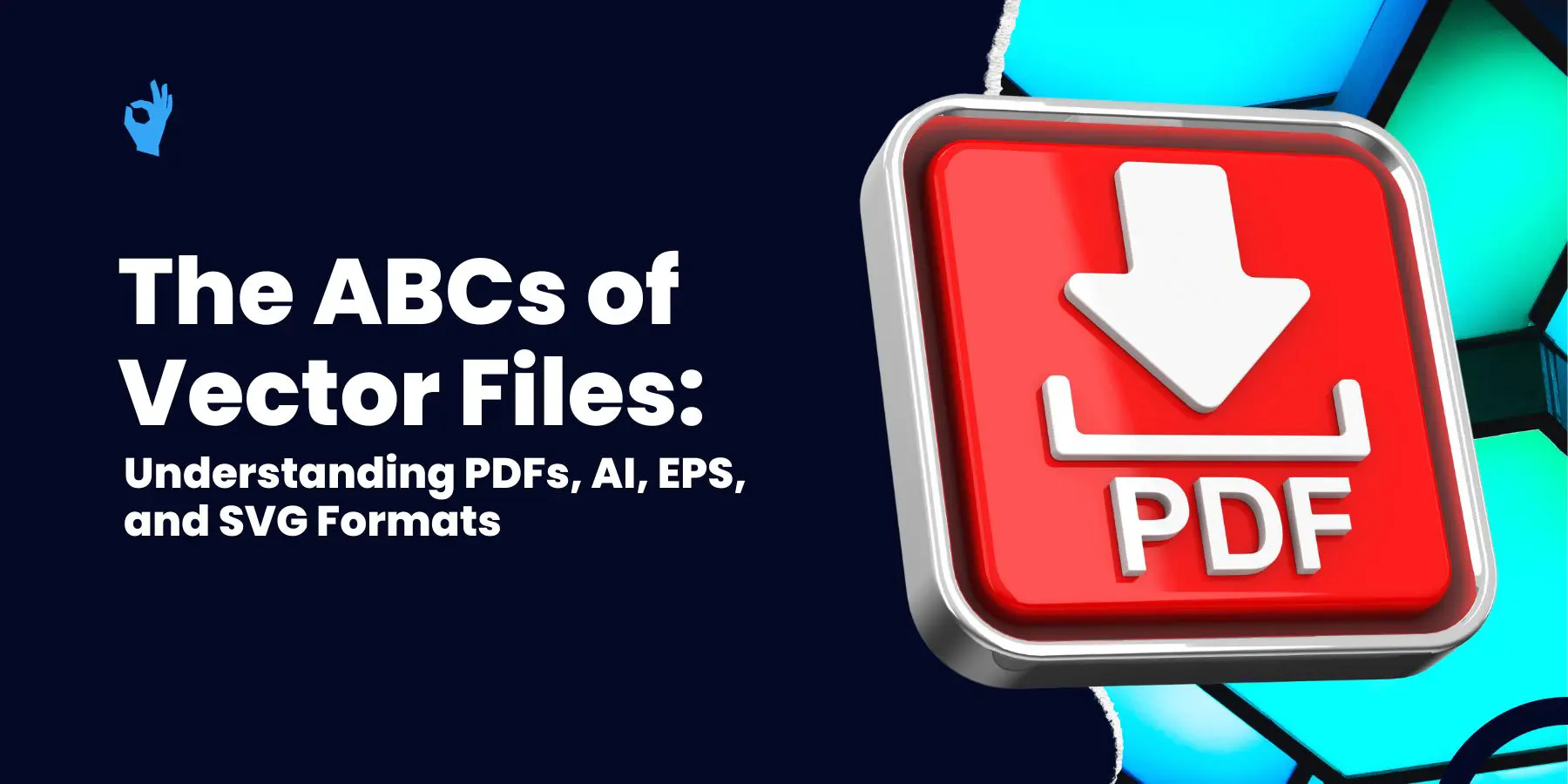
Vector files are an essential component of digital design and graphic production. They serve as the building blocks for creating high-quality images, logos, and illustrations that can be resized and scaled infinitely without losing any clarity or sharpness. However, navigating the multitude of vector file formats can be overwhelming. In this article, we will explore the most common vector file formats, including PDFs, AI, EPS, and SVG, and gain a comprehensive understanding of their unique characteristics, benefits, and drawbacks.
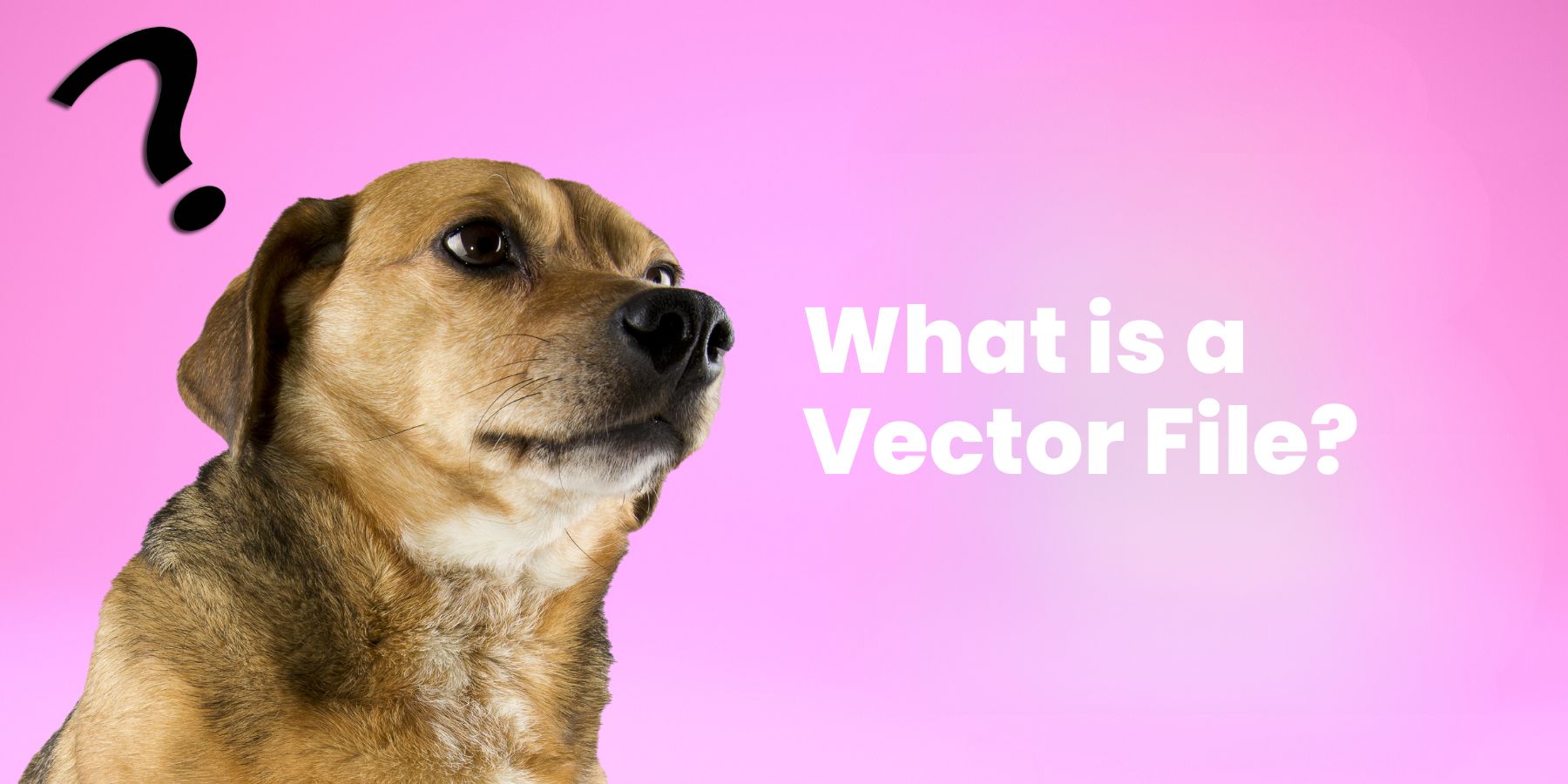
Before we delve into the specifics of each vector file format, let's first establish what exactly a vector file is. Unlike raster images like JPEGs or PNGs, which are composed of pixels and become pixilated when stretched or enlarged, vector files are made up of mathematical equations and geometric shapes. This mathematical foundation allows vector files to be endlessly scalable without any loss of image quality. It's important to note that while raster files are suitable for certain applications, such as web graphics, vector files are preferred for professional design work, printing, and large-scale applications.
Now, let's take a closer look at the fascinating world of vector files. The mathematical equations and geometric shapes that make up vector files are created using vector graphics software, such as Adobe Illustrator or CorelDRAW. These software programs provide designers with a powerful set of tools to create precise and detailed illustrations, logos, typography, and other graphic elements.
One of the key advantages of vector files is their ability to be edited and manipulated with ease. Unlike raster images, which are composed of fixed pixels, vector files can be modified by adjusting the mathematical equations and properties of the geometric shapes. This flexibility allows designers to make changes to the size, color, shape, and other attributes of the graphic without compromising its quality.
Vector files are commonly used in various industries, including graphic design, advertising, architecture, engineering, and manufacturing. They are particularly valuable in situations where the graphic needs to be reproduced at different sizes or on different mediums. For example, a logo created as a vector file can be scaled up for a billboard or scaled down for a business card without any loss of detail or clarity.
In addition to their scalability, vector files also offer another important advantage: file size. Due to their mathematical nature, vector files are typically much smaller in size compared to raster files. This makes them easier to store, transfer, and manipulate, especially when working with large and complex designs.
Furthermore, vector files are resolution-independent, meaning they can be outputted at any resolution without affecting the quality of the graphic. This is in stark contrast to raster images, which have a fixed resolution and can appear blurry or pixelated when enlarged beyond their original size.
Overall, vector files are an essential tool for designers and professionals who require high-quality graphics that can be scaled, edited, and reproduced with precision. Whether you're creating a logo, designing a brochure, or working on a large-scale project, vector files provide the flexibility and versatility needed to bring your creative vision to life.
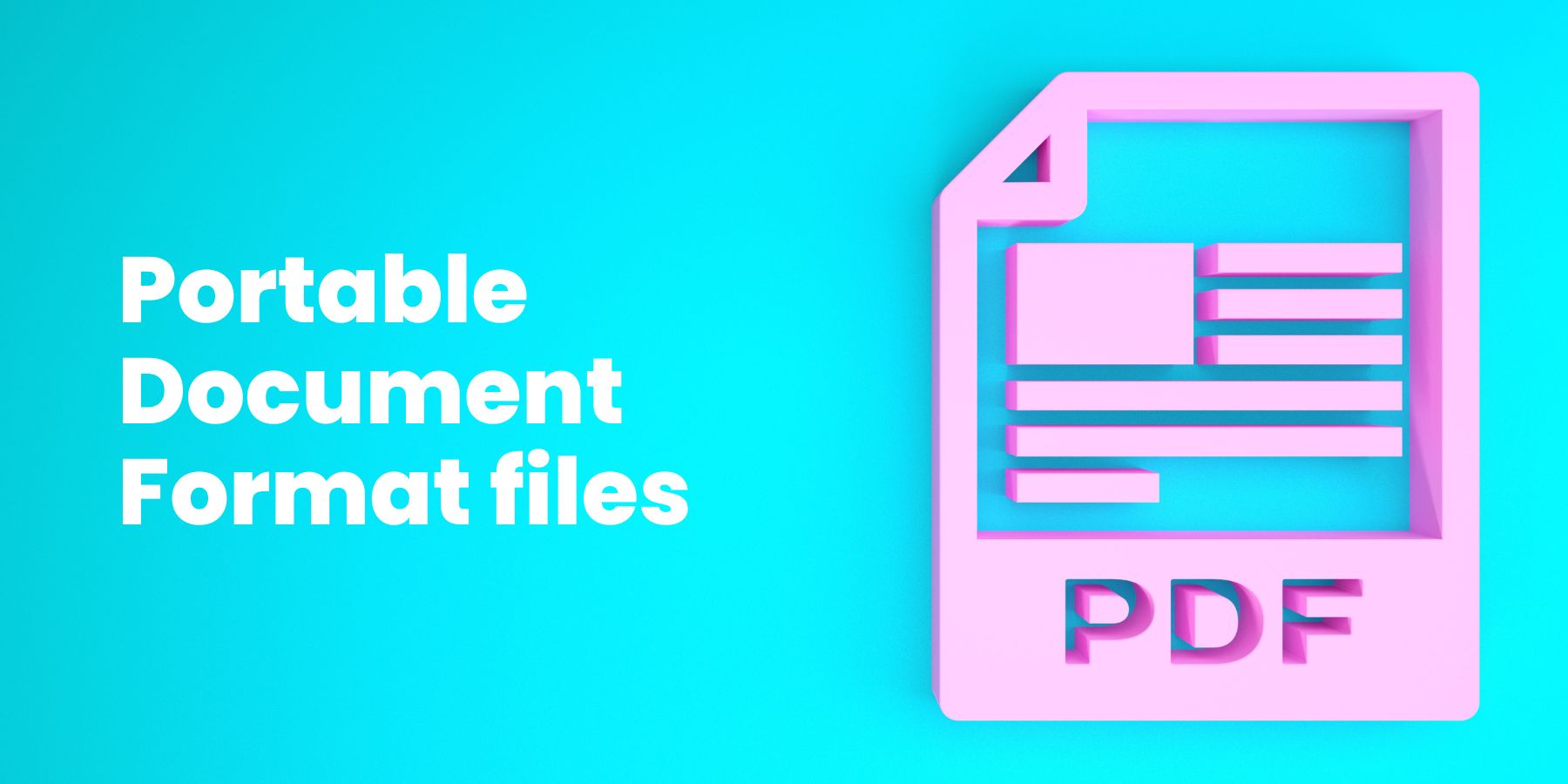
Portable Document Format (PDF) is undoubtedly the most ubiquitous and widely used vector file format. Developed by Adobe, PDFs are universally recognized for their ability to retain the formatting, fonts, and resolution of documents across various platforms and operating systems.
This versatility makes PDFs ideal for sharing and distributing designs, as they can be easily viewed, printed, and even digitally signed. Whether you're a graphic designer sending your portfolio to potential clients or a business professional sharing important reports with colleagues, PDFs ensure that your work is displayed exactly as intended.
But what exactly makes PDFs so unique? One of the key features of PDFs is their ability to contain both vector and raster content. Vector graphics are created using mathematical equations, allowing them to be scaled infinitely without losing quality. On the other hand, raster graphics are made up of individual pixels and can become pixelated when enlarged. By combining the benefits of both types of files, PDFs offer the best of both worlds.
Another advantage of PDFs is their support for interactivity. With features such as hyperlinks, bookmarks, and form fields, designers can create dynamic and engaging presentations, portfolios, and interactive documents. Imagine being able to navigate through a document with ease, clicking on hyperlinks to access additional information or filling out forms directly within the PDF. This level of interactivity adds a new dimension to the way we consume and interact with digital content.
Furthermore, PDFs offer robust security features. Password protection and encryption ensure the confidentiality and integrity of sensitive information. Whether you're sending financial statements, legal contracts, or classified documents, PDFs provide peace of mind by safeguarding your data from unauthorized access.
With the rise of digital document management, PDFs have become an indispensable tool. They allow for efficient organization and retrieval of information, eliminating the need for physical storage space and reducing paper waste. Additionally, PDFs can be easily indexed and searched, making it effortless to locate specific content within a document or a collection of documents.
In conclusion, PDFs have earned their reputation as the most common vector format for a reason. Their ability to preserve formatting, support interactivity, and provide robust security features make them an essential tool for designers, professionals, and anyone who values the integrity and accessibility of their digital documents.
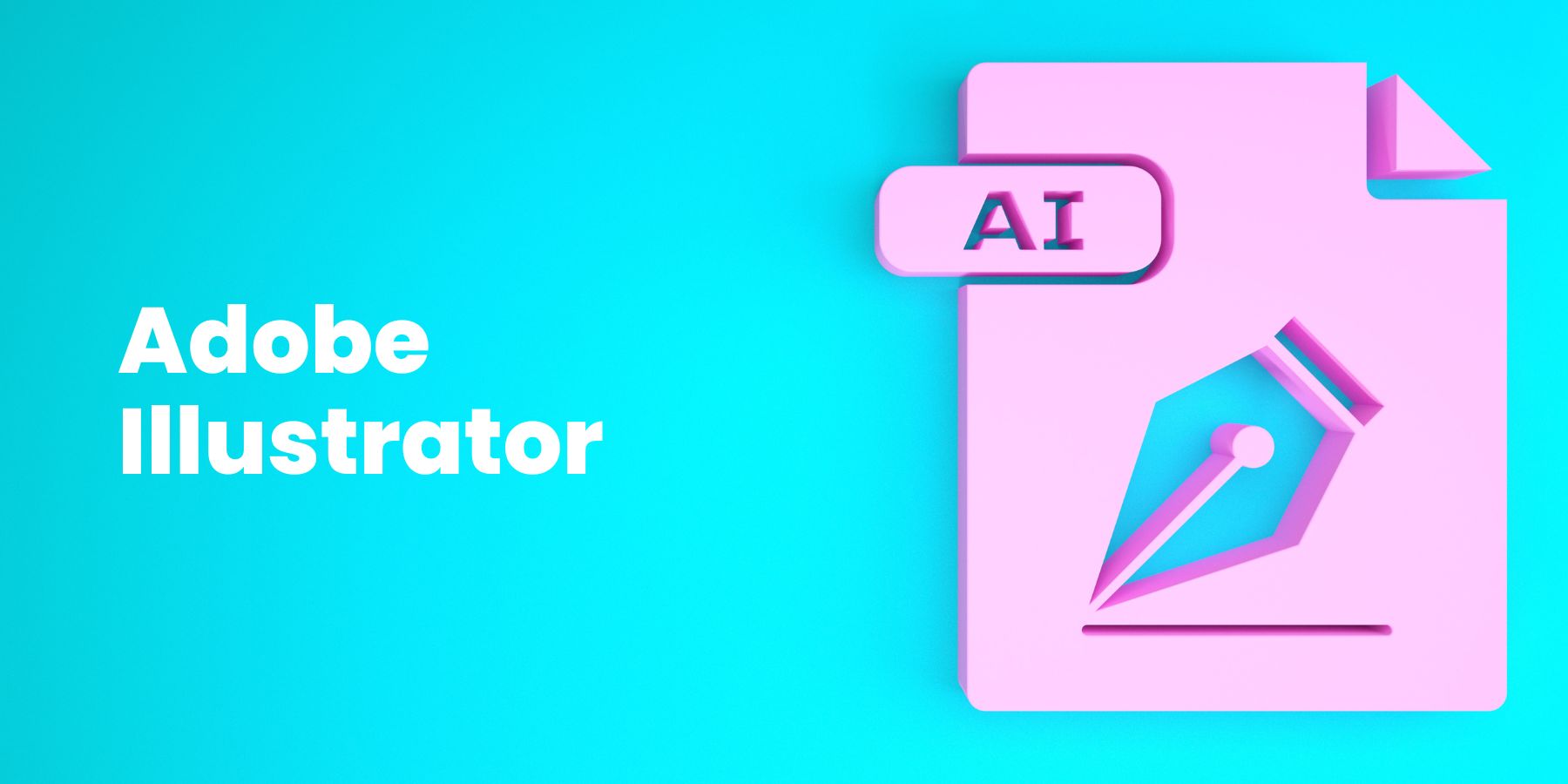
Adobe Illustrator (AI) is the industry-standard software for creating and editing vector graphics. It offers a wide range of tools and features that allow designers to create stunning and intricate artwork. With its intuitive interface and powerful capabilities, Illustrator has become a favorite among professional designers and artists.
AI files are native to Illustrator, which means they are specifically designed to preserve the full vector capabilities of the software. Unlike raster images, which are made up of pixels and can lose quality when scaled, vector graphics are based on mathematical equations. This means that AI files contain detailed and precise information about the design, such as anchor points, curves, and colors. As a result, designers can easily edit and modify the original artwork without compromising its quality.
One of the key advantages of AI files is their ability to support collaborative design projects. Multiple designers can work on the same AI file simultaneously, making it easier to divide tasks and work on different aspects of a project. This real-time collaboration streamlines the design process, fosters creativity, and encourages innovation. It allows designers to share ideas, provide feedback, and make adjustments on the fly, leading to more efficient and dynamic design workflows.
In addition to collaboration, AI files offer versatility in terms of file export options. They can be easily exported to other vector formats, such as EPS (Encapsulated PostScript) or PDF (Portable Document Format), which are widely used in print and publishing industries. This makes it convenient for designers to share their work with clients, printers, or other professionals who may require specific file formats.
Furthermore, AI files can be rasterized into common image formats like JPEG or PNG, making them suitable for web use or inclusion in other multimedia projects. By rasterizing the vector artwork, designers can create high-quality images that can be easily shared online or incorporated into websites, presentations, or digital marketing materials.
Overall, AI files are an essential asset for designers who want to create and edit vector graphics. With their ability to preserve the full vector capabilities of Adobe Illustrator, support collaborative design projects, and offer versatile export options, AI files empower designers to unleash their creativity and bring their artistic visions to life.
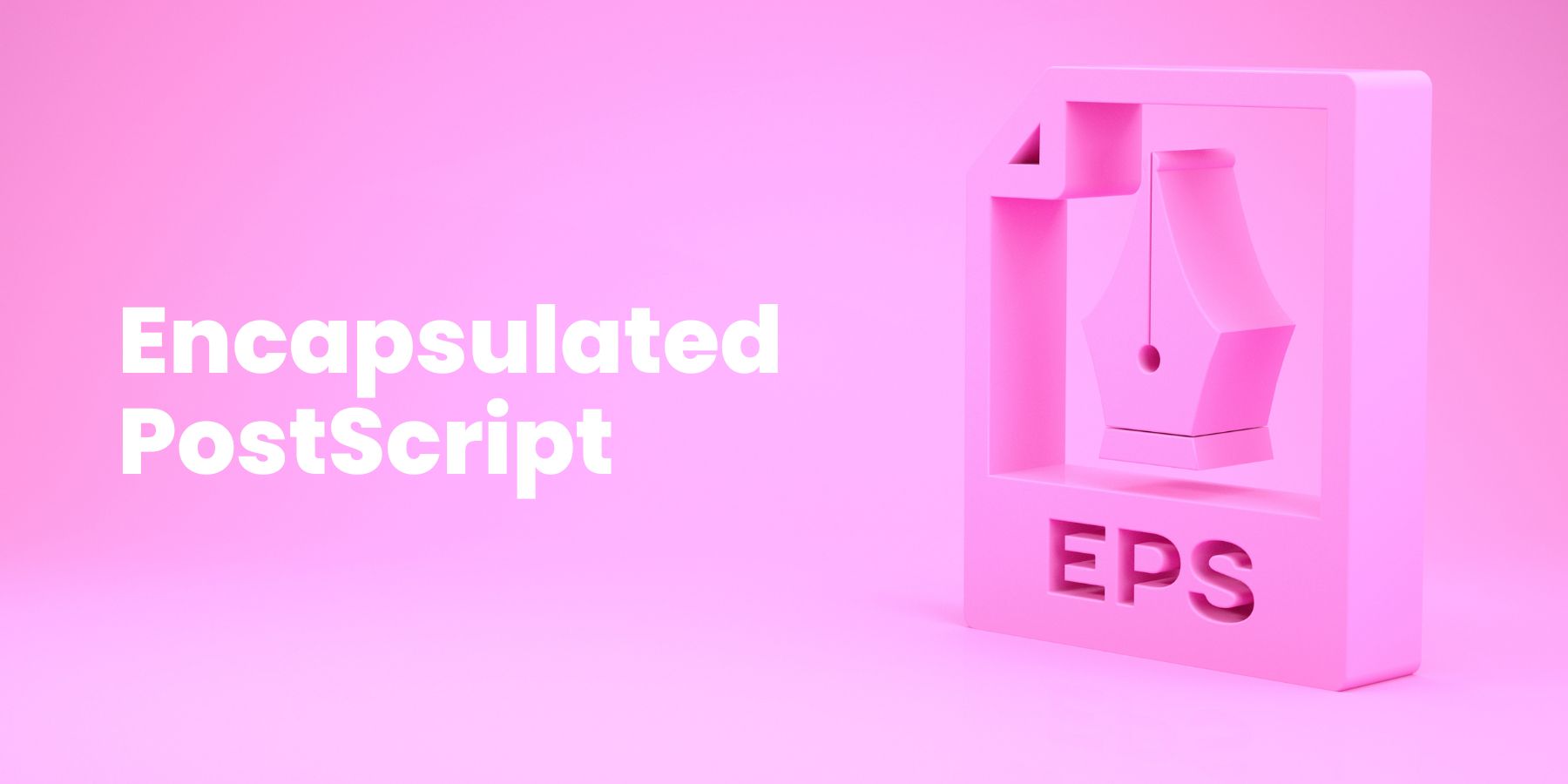
Encapsulated PostScript (EPS) is a legacy vector file format that has stood the test of time. Originally developed for use in the print industry, EPS files are widely supported by design software and printers. EPS files can contain both vector and raster content, making them versatile for a wide range of applications.
EPS files are particularly valuable when working with large-scale printing projects, such as billboards or banners. Their ability to maintain vector quality even at extreme sizes ensures sharp and crisp output. Additionally, EPS files support the inclusion of fonts and color profiles, guaranteeing accurate reproduction of the original design.
When it comes to the print industry, precision and quality are of utmost importance. EPS files have been a reliable choice for professionals in the field for many years. The format's ability to encapsulate both vector and raster content provides designers with the flexibility they need to create stunning visuals.
One of the key advantages of EPS files is their scalability. Whether you need to print a small business card or a massive billboard, EPS files can handle it all. The vector content within the file ensures that the image remains sharp and clear, regardless of the size. This is particularly crucial when it comes to large-scale printing projects, where maintaining the integrity of the design is essential.
In addition to their scalability, EPS files also support the inclusion of fonts and color profiles. This means that when you open an EPS file, you can be confident that the original design will be accurately reproduced. Fonts will appear as intended, and colors will be rendered faithfully, ensuring consistency across different platforms and devices.
EPS files have become a standard in the print industry due to their compatibility with various design software and printers. Whether you're using Adobe Illustrator, CorelDRAW, or any other popular design tool, you can easily import and export EPS files without any loss of quality. This makes it convenient for designers to collaborate and share their work with others, regardless of the software they are using.
Furthermore, EPS files are widely supported by printers, both digital and offset. This means that you can confidently send your EPS files to a professional printing service, knowing that they will be able to reproduce your design accurately. Whether you're printing brochures, posters, or any other printed material, EPS files ensure that your final product looks exactly how you envisioned it.
Despite being a legacy format, EPS files continue to be relevant and widely used in the print industry. Their versatility, scalability, and compatibility make them an indispensable tool for designers and printers alike. So the next time you're working on a large-scale printing project, consider using EPS files to ensure the highest quality output.
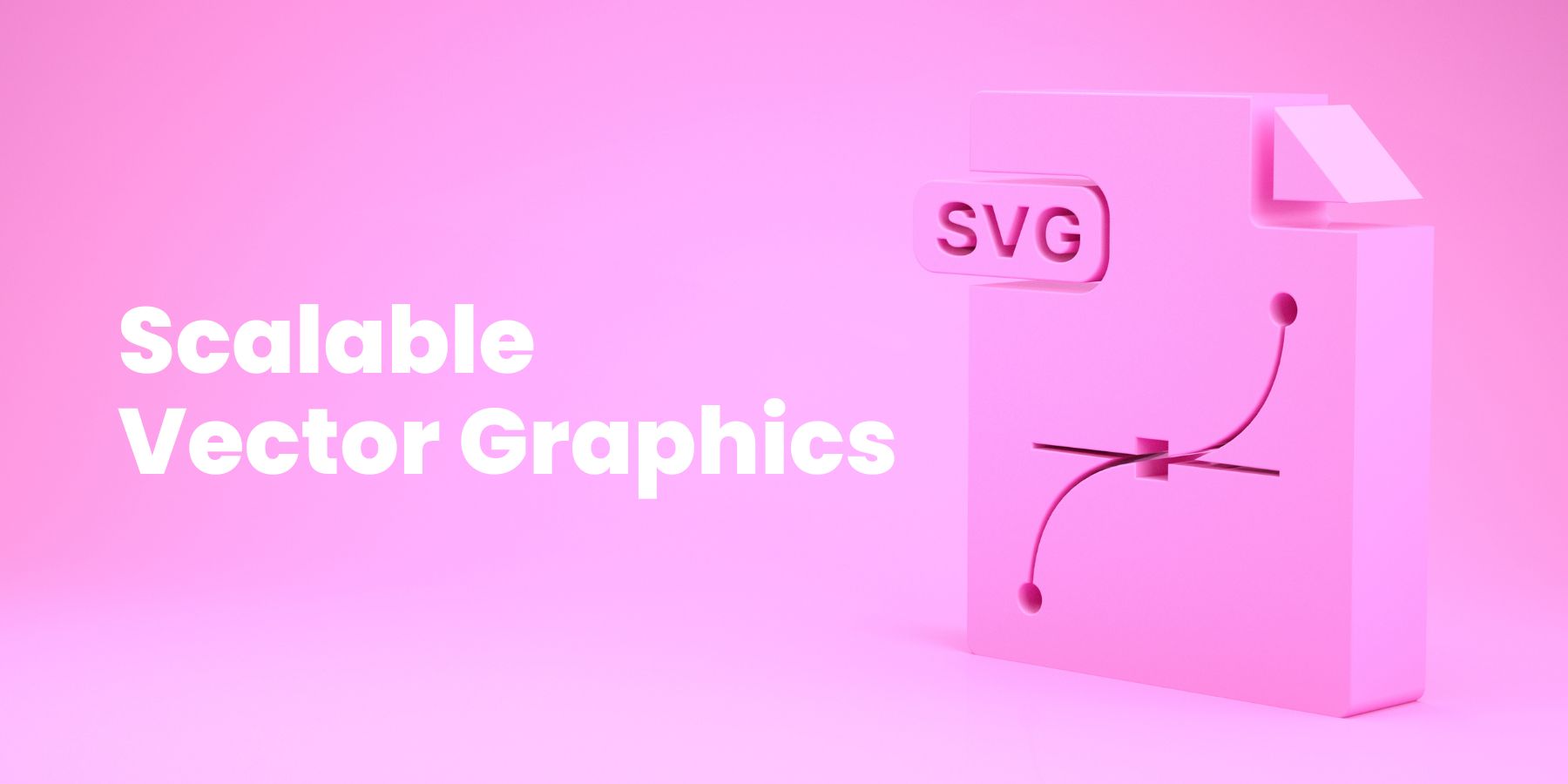
Scalable Vector Graphics (SVG) is an XML-based vector file format that has gained significant popularity in recent years. SVG files are compatible with all modern web browsers, making them a preferred choice for web designers and developers. SVG files are created and edited using HTML-like code, allowing for easy integration into web pages and applications.
But what exactly makes SVG files superior to raster formats like JPG or PNG? Well, SVG files offer lightweight and responsive graphics that can adapt to various screen sizes and resolutions. This scalability is particularly valuable for creating visually appealing and interactive user interfaces, infographics, and data visualizations.
Imagine you are designing a website with a responsive layout. With SVG files, you can ensure that your graphics look crisp and clear on any device, whether it's a large desktop monitor or a small smartphone screen. The ability to scale and resize SVG images without losing quality is a game-changer for web designers, as it eliminates the need to create multiple versions of the same image for different screen sizes.
Furthermore, SVG files can be easily animated using CSS or JavaScript, adding a whole new level of interactivity to web content. You can create eye-catching animations, transitions, and effects that engage users and make your website stand out from the crowd. Whether it's a subtle hover effect or a complex data visualization, SVG animations can bring your web pages to life.
Another advantage of SVG files is their ability to be edited and customized with ease. Since SVG files are essentially text-based, you can open them in any text editor and modify the code directly. This flexibility allows web designers and developers to tweak and fine-tune SVG graphics to match their specific design requirements.
Moreover, SVG files are not limited to web design. They have found applications in various fields, including graphic design, illustration, and even 3D modeling. With the right tools and skills, you can create stunning vector artwork, logos, icons, and more using SVG.
In conclusion, SVG files offer a range of benefits that make them a preferred choice for web designers and developers. From their scalability and responsiveness to their animation capabilities and ease of customization, SVG files empower creators to design visually appealing and interactive web content. So next time you embark on a web design project, consider harnessing the power of SVG files to elevate your designs to new heights.
When it comes to vector file formats, there are several options available, each with its own set of advantages and disadvantages. Understanding these pros and cons can help you make an informed decision about which format to use for your specific needs.
PDFs, or Portable Document Format files, are widely used for document sharing and compatibility. One of the major advantages of PDFs is their ability to maintain the integrity of the design across different devices and operating systems. This makes them an excellent choice for sharing files with clients or colleagues who may not have access to specialized design software.
However, PDFs have some limitations when it comes to editing capabilities. While you can make basic edits such as adding text or images, more complex modifications may require the original design file. This can be a drawback if you need to make extensive changes to the artwork.
AI files, which are created using Adobe Illustrator, offer unparalleled flexibility and editing power. They are the go-to format for professional designers and illustrators who need full control over their artwork. With AI files, you can easily manipulate individual elements, adjust colors, and make precise modifications to achieve the desired result.
However, the downside of AI files is that they require specialized software to open and edit. This means that if you need to collaborate with someone who doesn't have access to Adobe Illustrator, they may face difficulties in viewing or making changes to the file. Additionally, AI files tend to have larger file sizes compared to other vector formats, which can be a concern when it comes to storage and file transfer.
EPS, or Encapsulated PostScript, files are highly compatible with print workflows. They are widely used in the printing industry and can be easily imported into various design software. EPS files retain high-quality resolution and are ideal for projects that require professional printing.
However, EPS files lack some of the interactive features found in AI or SVG files. While they are great for static designs, they may not be suitable for projects that require advanced interactivity or animation. Additionally, EPS files can sometimes have compatibility issues with certain software applications, so it's important to ensure that your intended software supports EPS files before using them.
SVG, or Scalable Vector Graphics, files are specifically designed for web compatibility and interactivity. They are ideal for creating graphics that need to be displayed on websites or mobile applications. SVG files are lightweight and can be easily resized without losing quality, making them perfect for responsive designs.
However, SVG files may not be appropriate for all print projects. While they can be converted to other formats for printing, there can be limitations in color and font rendering. This means that complex designs with intricate color gradients or unique fonts may not translate accurately when printed from an SVG file.
Ultimately, the choice of vector file format depends on your specific requirements and the intended use of the artwork. Consider factors such as editing capabilities, compatibility, interactivity, and printing needs to determine the most suitable format for your project.
Vector files are a preferred choice for a broad array of design projects. From company logos and branding materials to posters, brochures, and packaging, vector files ensure crisp, high-quality output regardless of the size. Additionally, vector files are essential for projects that require scalability, such as large-scale graphics, billboards, and signage. When working on illustrations, icons, or infographics that demand precision and flexibility, vector files provide the necessary tools for precise control over design elements.
To create vector files, designers typically rely on specialized software such as Adobe Illustrator, CorelDRAW, or Inkscape. These programs offer sophisticated tools for manipulating shapes, colors, and typography to create visually stunning and scalable vector graphics. By leveraging layers, pen tools, and shape manipulation features, designers can bring their creative ideas to life in the form of vector files.
Converting between vector file formats may be necessary to meet specific project requirements or compatibility needs. Fortunately, many design software tools offer built-in conversion capabilities. For instance, Adobe Illustrator allows users to export AI files as PDFs or SVGs effortlessly. Additionally, online conversion services can be utilized to convert existing vector files to different formats. However, it's crucial to double-check the converted file for any potential loss of quality or formatting issues.
Working with vector files occasionally presents challenges and technical issues that require troubleshooting. One common issue is missing fonts. To address this, designers can outline fonts, converting them into editable shapes to ensure consistent visual presentation. Another common issue is unexpected color changes. To avoid this, it is crucial to ensure consistent color management across different software, devices, and printing processes. Lastly, when encountering corrupted or damaged vector files, designers can attempt to recover them using specialized file recovery software or seek professional assistance when necessary.
Ensuring seamless integration across various platforms is crucial when working with vector files. It's important to consider the specific requirements of target devices or software applications at the outset of a project. When sharing vector files, it is recommended to accompany them with a PDF or rasterized image to ensure accessibility and visual consistency, as some recipients may not have the necessary software to open or edit the vector file directly.
As technology advances and creative possibilities expand, vector file formats continue to evolve to meet the demands of designers, developers, and consumers. One emerging trend in vector file formats revolves around enhancing the compatibility and integration of designs across various media, including web, augmented reality, and virtual reality applications. Additionally, the demand for vector animations, interactive elements, and dynamic graphics continues to drive innovation in the development of vector file formats.
In conclusion, understanding the intricacies of vector file formats is essential for any designer or creative professional. PDFs, AI, EPS, and SVGs each possess unique characteristics that suit different design requirements and workflows. By leveraging the strengths of these vector file formats, designers can create visually stunning and versatile graphics that can be adapted to various media and applications. Stay current with the latest trends and developments in vector file formats to ensure your designs remain cutting-edge and accessible in the digital era.